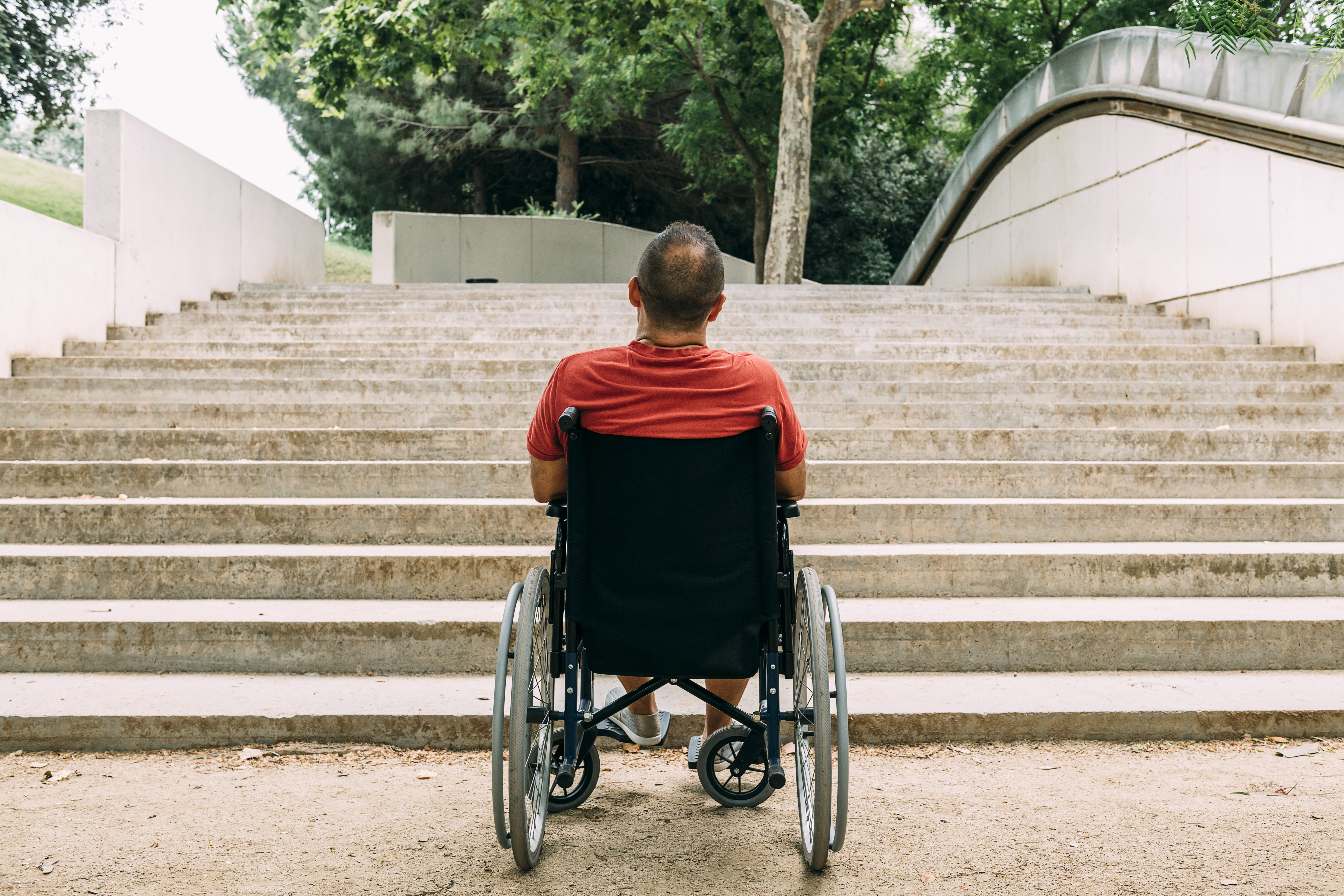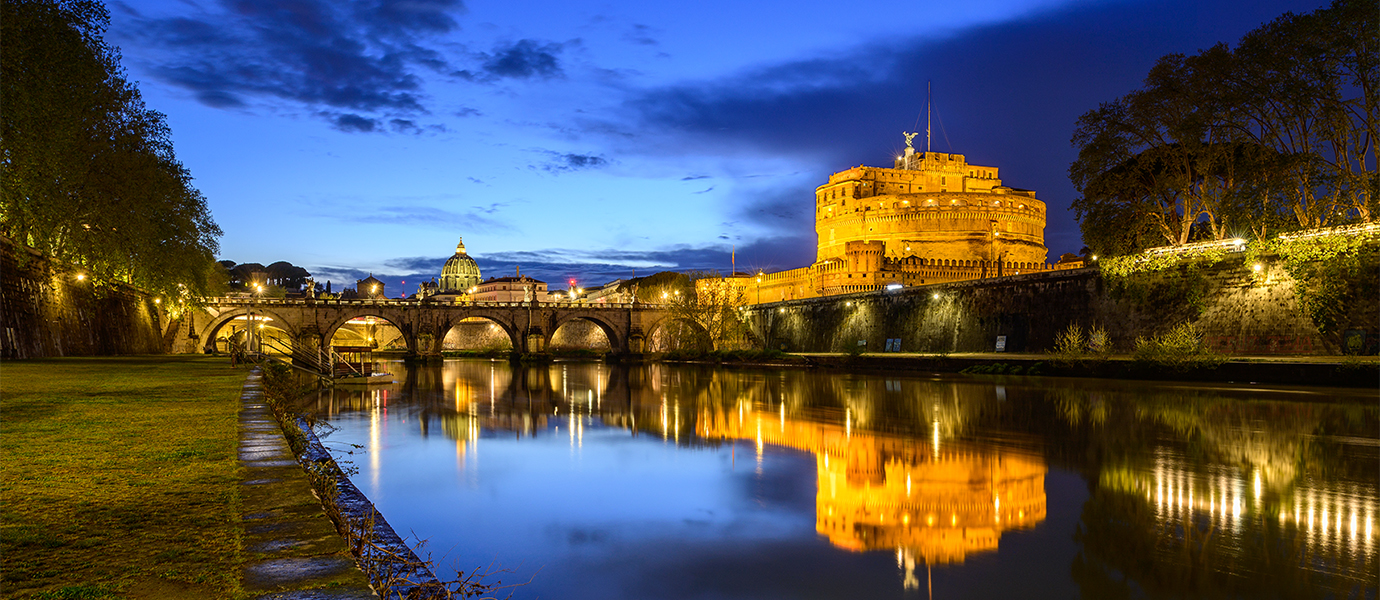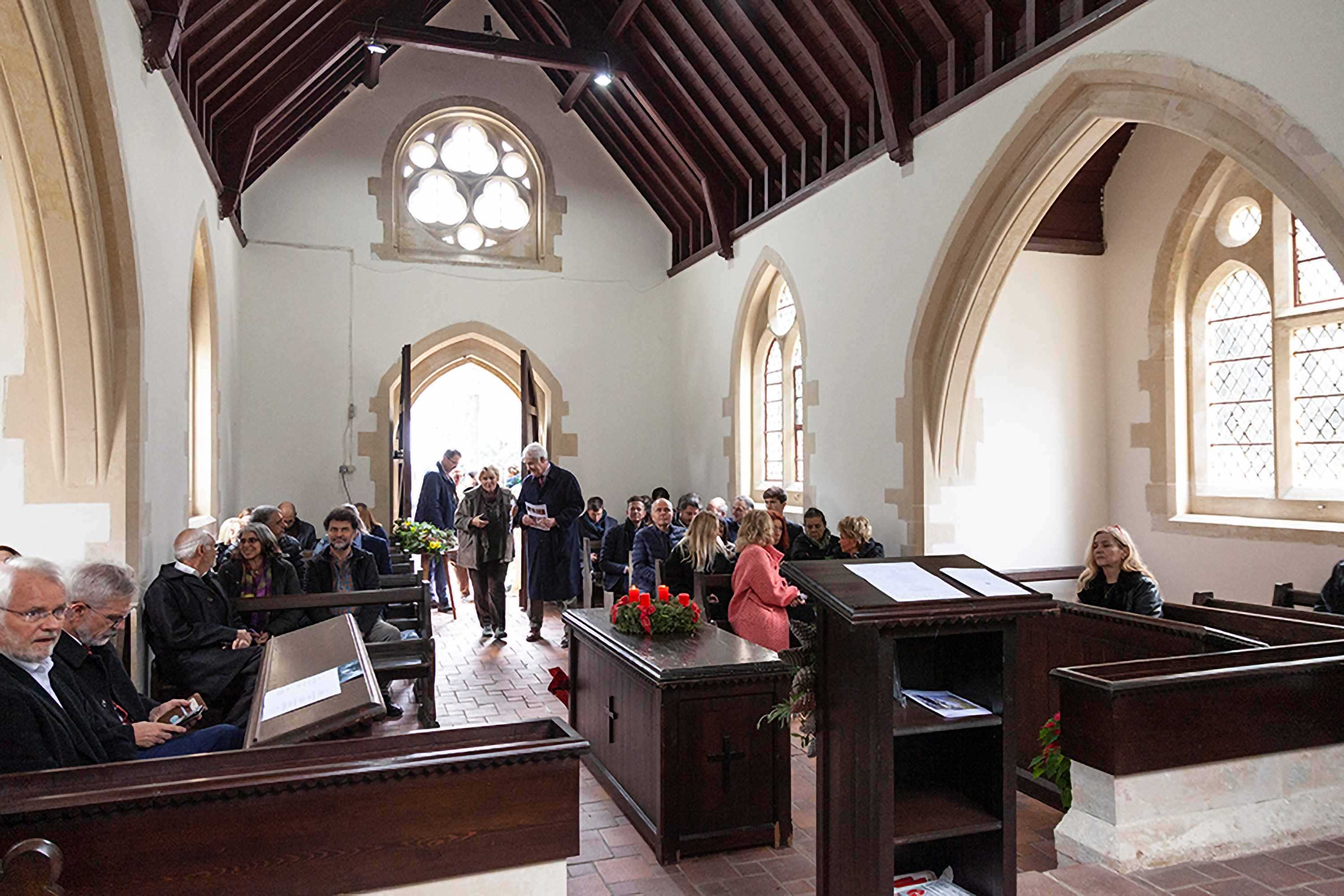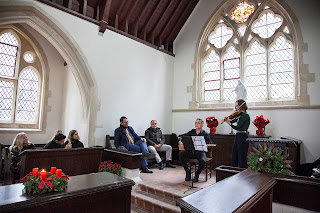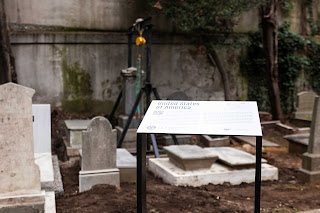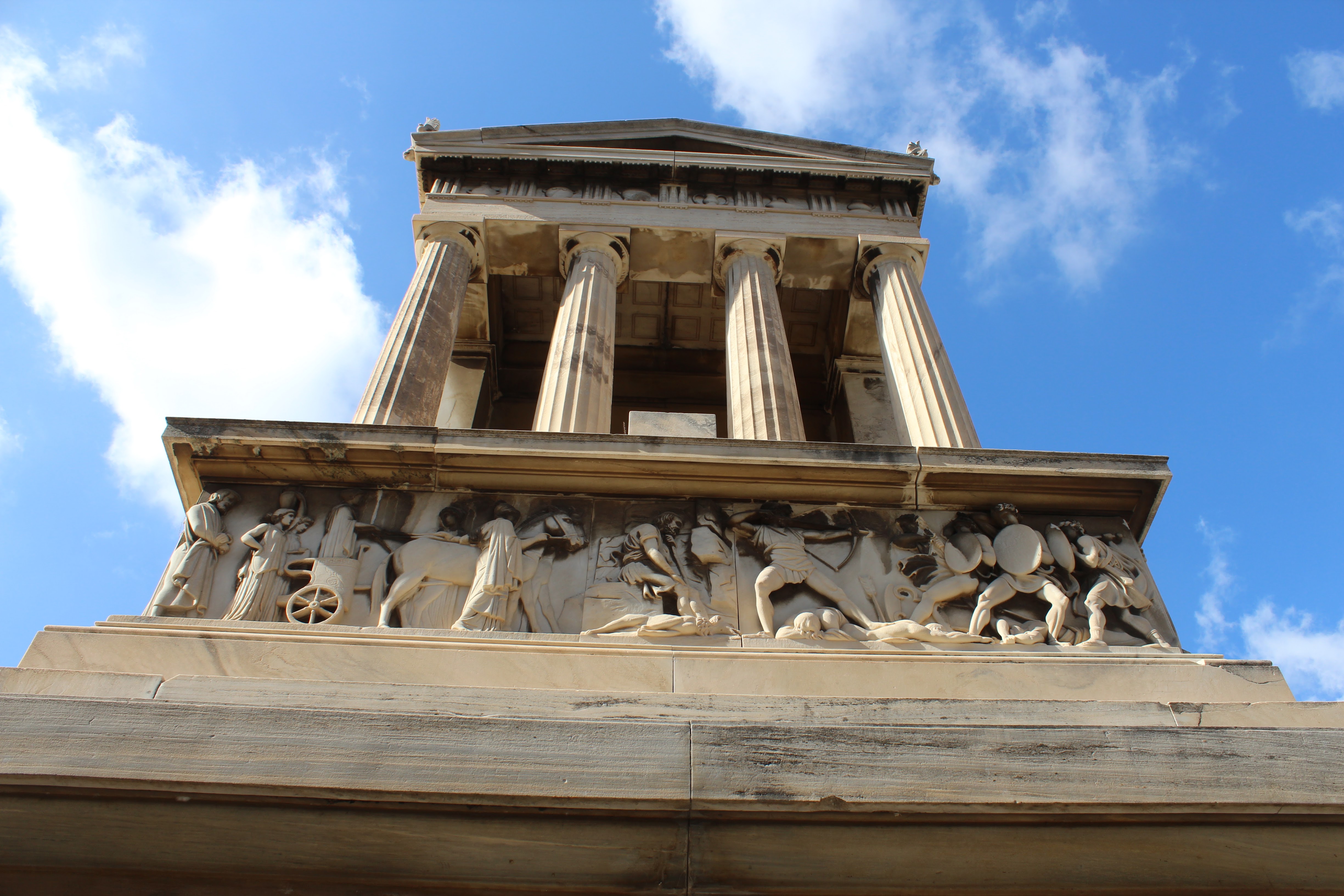An innovative format that includes a digital game R-Tales, a new digital map, and a live show with music, theater, and performance.
Cemeteries as living spaces
.jpeg)
Playing in a historic cemetery may seem transgressive, but you can do it, you must. This was precisely the goal set by Panda Project's "Cimitero dal Vivo" (eng. "Cemetery Live"), winner of the PNRR TOCC Call for Proposals Digital Transition Cultural and Creative Bodies funded by the European Union - Next Generation EU.
In December 2022, Emilia Romagna was the first region in Italy that passed a law for the "Recognition and Enhancement of Monumental and Historic Cemeteries", with the aim of ensuring the enhancement, preservation and promotion of these assets, encouraging their use by citizens.
In England, cemeteries are living places, where it is possible to walk, read, study or have a picnic with friends. The northern European cemeteries provide a different way of being with the deceased. The Assistens Cemetery in Copenhagen, for example, is not experienced as a place of sadness but of recreation, and it is not uncommon to see people sunbathing.
About the project
.jpg)
The "Cimitero dal Vivo" project, carried out in 2024, aims to regenerate the entire Darsena district and is based on an innovative format for visiting Ravenna's Historic Cemetery that makes use of new digital tools and immersive audio. The project created the urban digital game R-Tales, a new digital map, and a live show that combines music, theater, and performance creating a unique and unforgettable experience.
How does the game work? Davide Leone, Soc. Coop U'Game, explains: "The purpose of the R-Tales game is to help a mysterious soul find himself by confronting four exciting missions that recount as many important events in the city's history. You will discover, through the deceased voices of the main characters the adventure of Giuseppe Garibaldi and the exploits of Romolo Gessi, the mystery of Dante's bones, the quarrel between the most important orchestra conductor of the time and Giuseppe Verdi over the love of a soprano."
The map and urban game are part of a series of interactive online paths that take us through emotional-collective memories to discover the characters buried at the cemetery who made the city's history, such as Luigi Rasi and Filippo Mordani. They immerse us in the mysteries hidden among the graves and the artistic wonders of the Monumental Cemetery.
The importance of the project

"Monumental places in our city have always inspired artists," says Ravenna Culture Councillor Fabio Sbaraglia, "They have stimulated projects capable of placing diverse spot lights on spaces we are fond of or used to hang out at. Panda Project, with a special look and a deep and conscious respect, investigates the history of our historic cemetery through a project that embraces the entire dock area and connects with the urban regeneration experiences that our city has undertaken over the years."
"Historic cemeteries are magical places and they are free: A historical, cultural and green heritage that must be enhanced and not left to decay. We need to change the paradigm: we must give historic cemeteries a new meaning and people a new way of approaching them and approaching death," explains Delia Trice of Panda Project.
Matteo Pini of Spazi Indecisi, who created the project's graphic identity and the new mapping, tells of their involvement: "The sensations conveyed by the Historic Cemetery immediately pushed the work of Spazi Indecisi toward a concept related to contrasts: the most recurrent dualism (life/death) is materialized symbolically through the anomalous, borderline location that contrasts monumental and industrial architecture, widening the point of view, nature and anthropization, land and water. The intention is to highlight the cemetery's values of memory, rest and tranquility, in which the natural presence of trees and water mitigates that of some Gothic novel settings, arousing in the visitor a sense of fascination rather than disquiet. Hence the choices of lettering, more friendly than austere, and of a high-contrast color palette, which combines cool tones of blue with the industrial buildings, and warm tones of yellow and red with the cemetery. Also evident between the lines is a reference to the heraldic colors of the city of Ravenna and an admiring reference to "Deserto Rosso" (M. Antonioni, 1964) in the choice of the color of the pine trees."
Project participants
A great contribution to the project was that of Sguardi in Camera, an association specializing in private visual archives (family films and photographs). For the "Cimitero dal Vivo" project, it oversaw the research and collection of oral testimonies of teenagers.
Frame Lab - UniBo and Penelope Muratori, who worked on text verification, writing and video material creation for the project, produced a narrative in images that takes us inside the experience created by the game.
Link to the video: https://vimeo.com/910792719
Panda Project contacts:
info@pandaproject.it+39 347 0743593










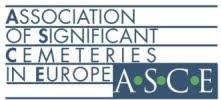


























.jpeg)
.jpg)


